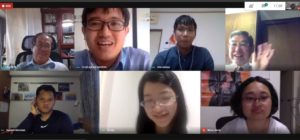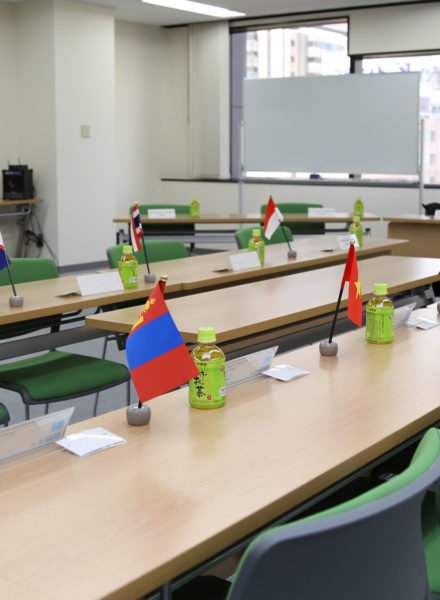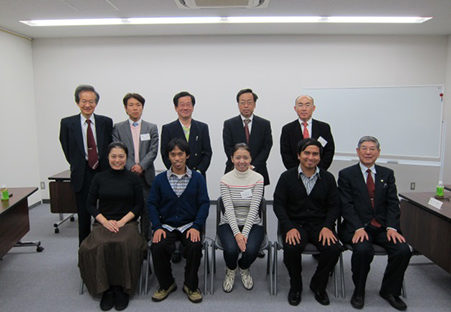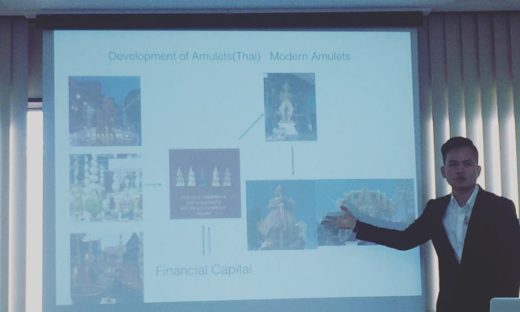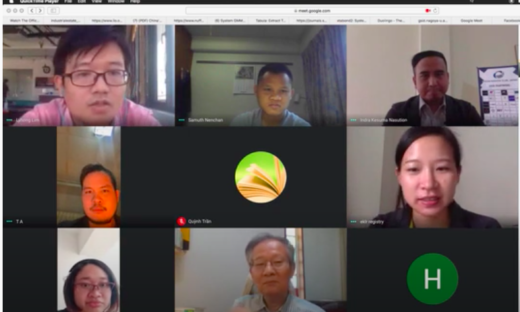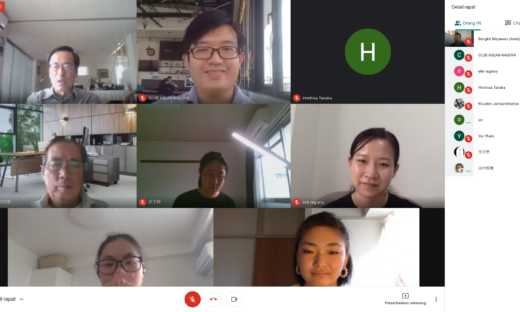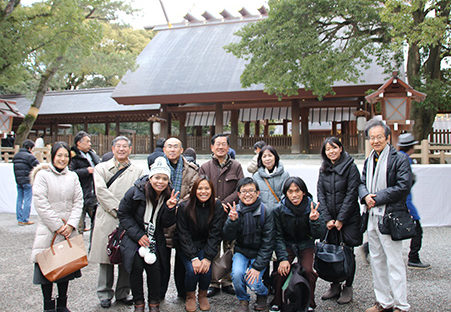定例ミーティング「東ティモールの基本事情と投資のポテンシャル(Basic Information and Investment Potential of Timor-Leste 」

参加者は、以下の通りです。
- 理事 山村哲朗
- 顧問 西孝雄
- Gito Santos (東ティモール)
- Tada Hayato(多田隼人)(日本)
- Bangkit Aditya Wiryawan (インドネシア)
- Abela Mits (フィリピン)
- Samuth Nenchan (カンボジア)
- Chia-jung Wu (台湾)
- Lim Lyhong (カンボジア)
今週、ジト(Gito Santos)さんは、「東ティモールの基本事情と投資のポテンシャル」について発表しました。
東ティモールは、インドネシア東部に位置するティモール島の東部にあります。面積は、約1万4,900平方キロメートル。人口は、約131万人。2002年にインドネシアから独立を果しました。失業率は12%。貧困率は2014年で41.1%です。
東ティモールの主な産業は、農業です。長期国家開発計画(2011年〜2030年)によれば、政府は、食用作物農業、園芸、栽培所、林業、家畜業や、漁業に力を注いでいます。また、石油が貴重な国家財源として開発が進められています。輸入品は、石油製品、食品および飲料、資本財、建設資材、車両とスペアパーツ等です。輸出品は、オーガニックコーヒー 、魚、胡椒や、ナッツ等です。さらに、観光業も重要な産業として注目されています。2019年の、外国人観光客は、約26万人です。
独立からはまだ約20年。若い国と言われる東ティモールは様々な課題を抱えています。例えば、人材不足、農業などの取り扱いまたは管理、伝統的な栽培技術、害虫や病気の防除に関する知識の欠如や、設備不足などです。また、地元の伝統的なイベントやビザに関する情報不足、輸送コストが高いことや、セキュリティ、接客マネージメントが良くないことが観光業の課題となっています。
とはいえ、投資すべき分野はたくさんあります。具体的には、石油とガス–上流と下流、アグリビジネス、林業、漁業、観光業、軽工業、経済インフラなどが挙げられます。
地域協力の面では、東ティモールは現在、東南アジア諸国連合(ASEAN)への加盟を申請しています。その加盟がいつ認められるのかに注目が集まっています。
今回は、参加者が東ティモールについて多く学ぶことができました。
Participants are as follows:
• Director Tetsuro Yamamura
• Advisor Takao Nishi
• Gito Santos (East Timor)
• Tada Hayato (Japan)
• Bangkit Aditya Wiryawan (Indonesia)
• Abela Mits (Philippines)
• Samuth Nenchan (Cambodia)
• Chia-jung Wu (Taiwan)
• Lim Lyhong (Cambodia)
This week, Gito Santos presented his topic about "Basic Information and Investment Potential of Timor-Leste".
Timor-Leste is located in the eastern part of Timor Island, which is located in the eastern part of Indonesia. The area is approximately 14,900 square kilometers. The population is about 1.31 million. East Timor declared its independence from Indonesia in 2002. The unemployment rate is 12%. The poverty rate was 41.1% in 2014.
The main industry in Timor-Leste is agriculture. According to the Long-Term National Development Plan (2011-2030), the government is focusing on food crop agriculture, horticulture, plantations, forestry, livestock and fishing. In addition, oil is being developed as a valuable national financial resource. Imported goods are including petroleum products, food and beverages, capital goods, construction materials, vehicles and spare parts. Exports are including organic coffee, fish, pepper and nuts. Furthermore, the tourism industry is also attracting attention as an important industry. In 2019, the number of foreign tourists were about 260,000.
It has been about 20 years since independence. Timor-Leste, which is said to be a young country, faces various challenges. For example, lack of human resources, handling or management of agriculture, traditional cultivation techniques, lack of knowledge about pest and disease control, and lack of equipment. In addition, lack of information on traditional local events and visas, high transportation costs, poor security and customer service management are issues for the tourism industry.
However, there are many areas to invest in. These include oil and gas – upstream and downstream, agribusiness, forestry, fishing, tourism, light industry and economic infrastructure.
In terms of regional cooperation, Timor-Leste is currently applying for membership in the Association of Southeast Asian Nations (ASEAN). Attention is focused on when the membership will be granted.
This time, participants were able to learn a lot about Timor-Leste.
